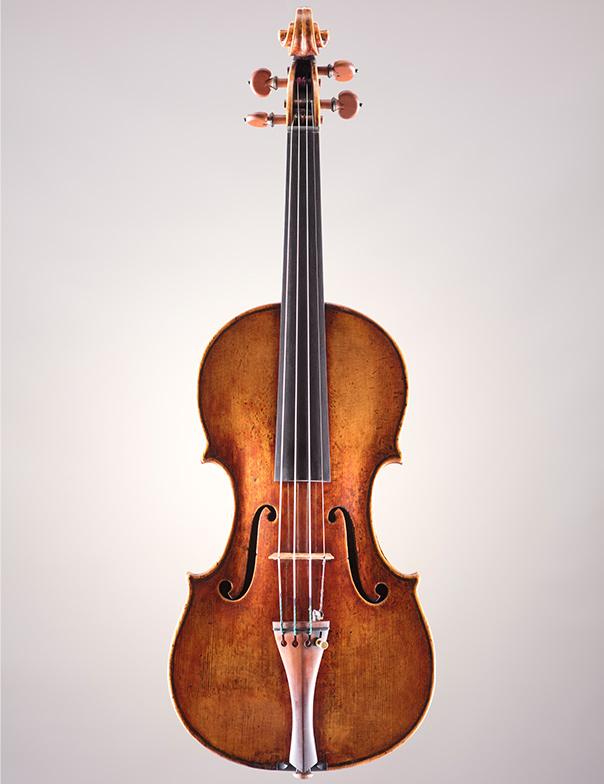Stradivarius
Stradivarius
“Paganini Quartet”

Stradivarius
Stradivarius

Stradivarius
Stradivarius 1700 Violin

Stradivarius
Stradivarius 1702 Violin
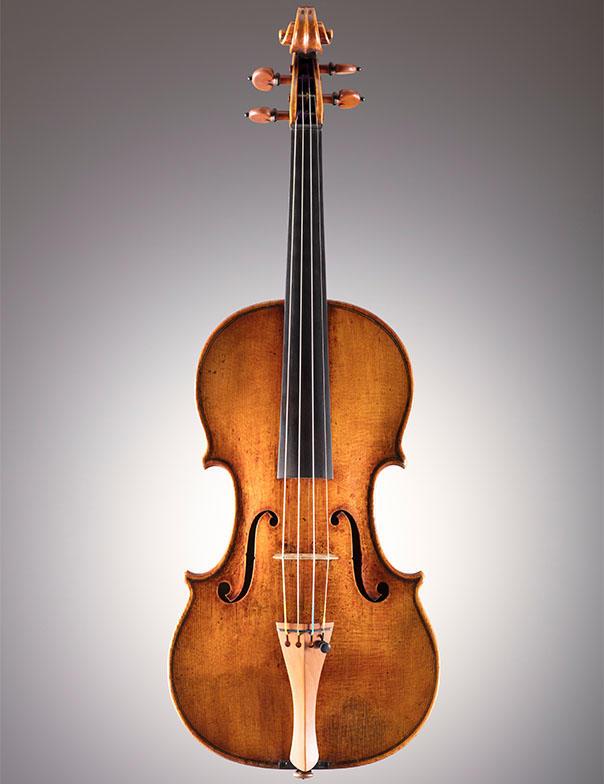
Stradivarius
Stradivarius 1708 Violin
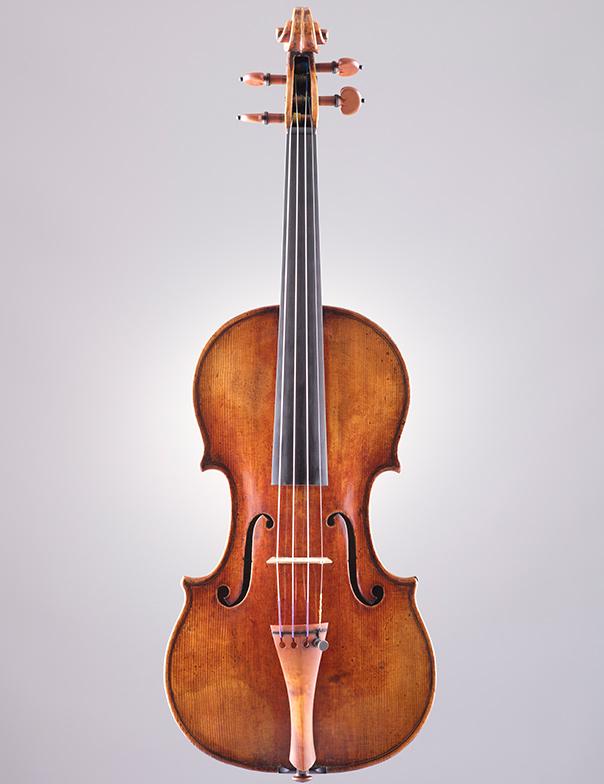
Stradivarius
Stradivarius 1709 Violin

Stradivarius
Stradivarius 1710 Violin
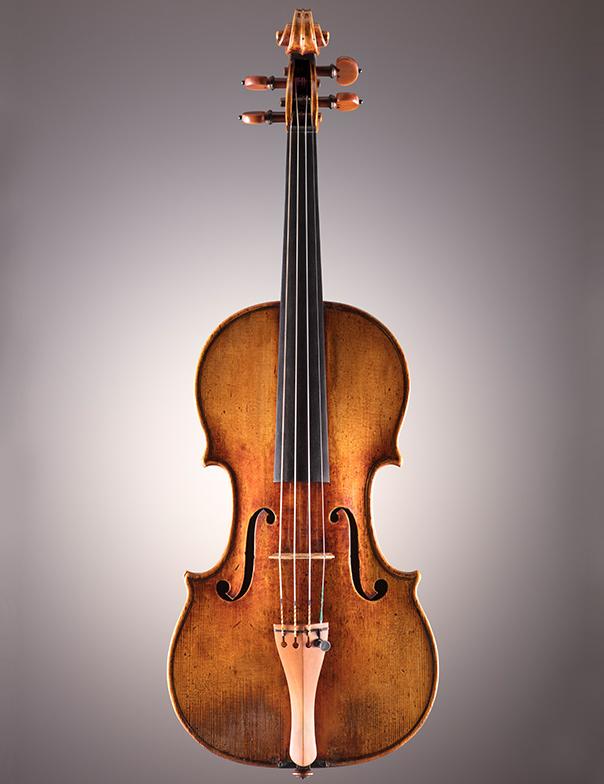
Stradivarius
Stradivarius 1714 Violin

Stradivarius
Stradivarius 1715 Violin
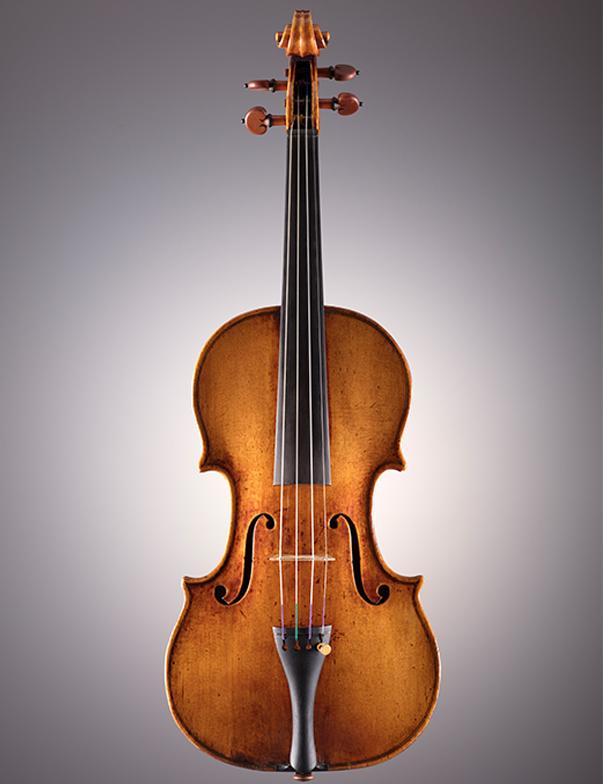
Stradivarius
Stradivarius 1716 Violin
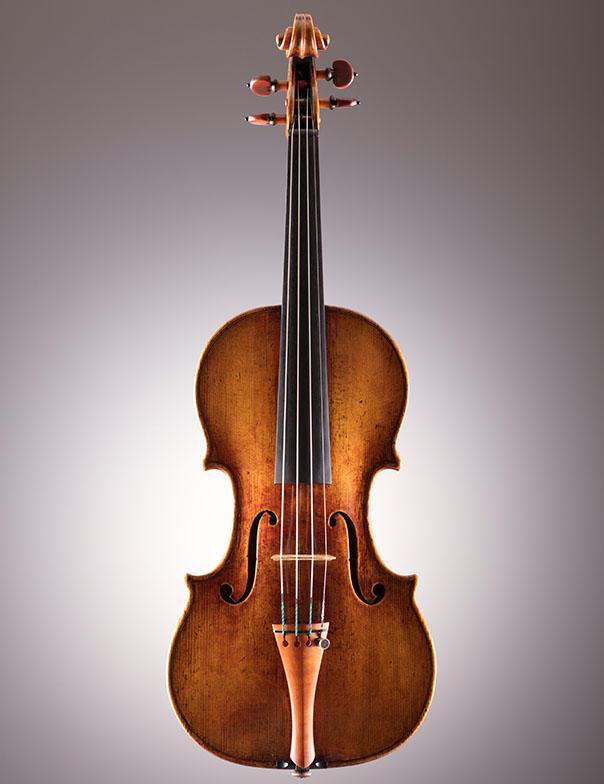
Stradivarius
Stradivarius 1717 Violin

Stradivarius
Stradivarius 1722 Violin

Stradivarius
Stradivarius 1725 Violin
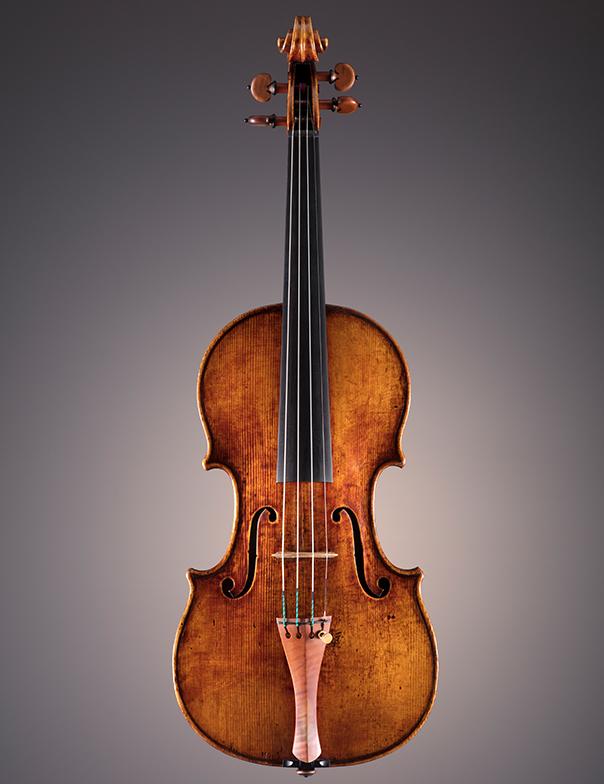
Stradivarius
Stradivarius 1735 Violin
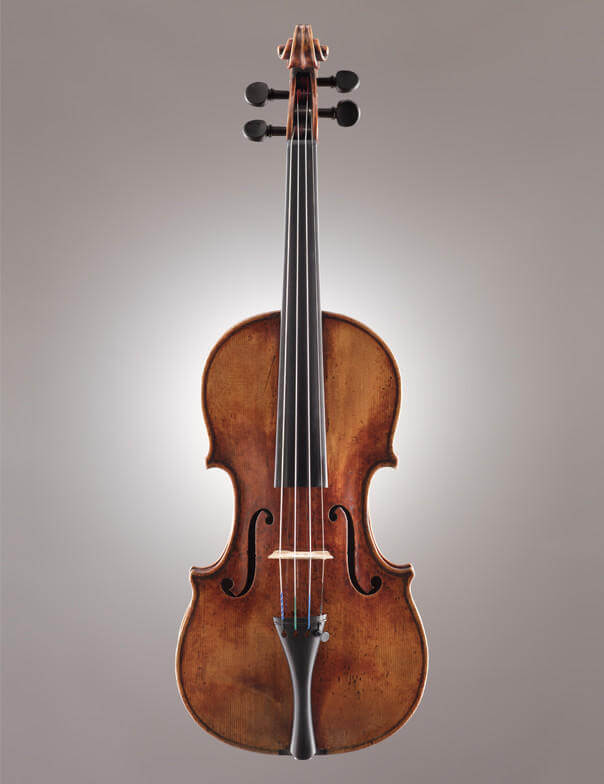
Stradivarius
Stradivarius 1736 Violin
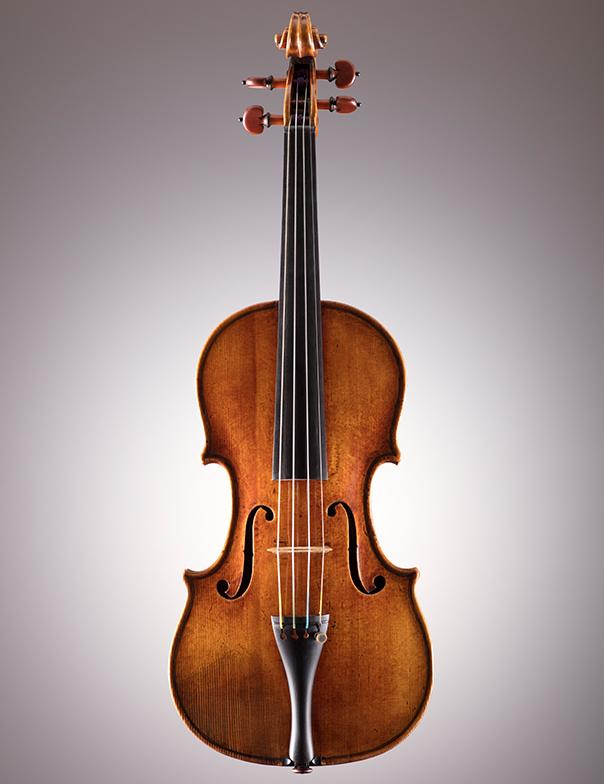
Stradivarius
Stradivarius 1696 Cello
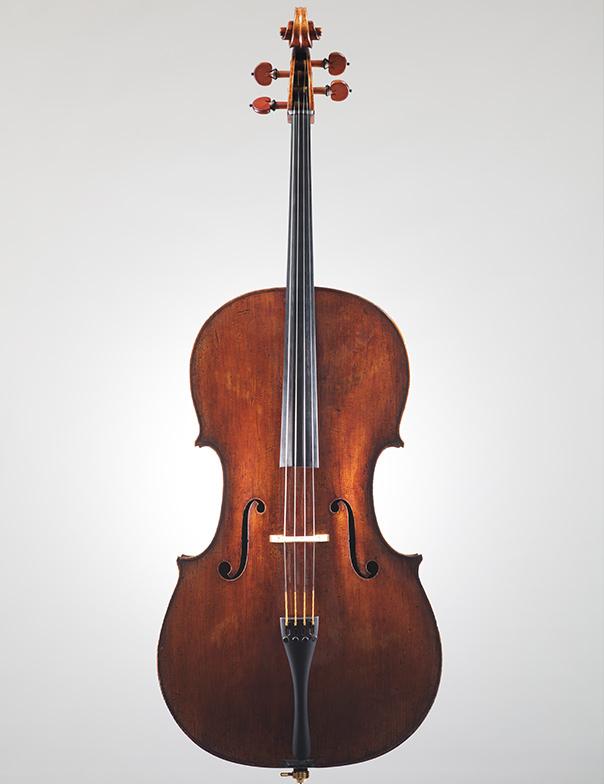
Stradivarius
Stradivarius 1730 Cello
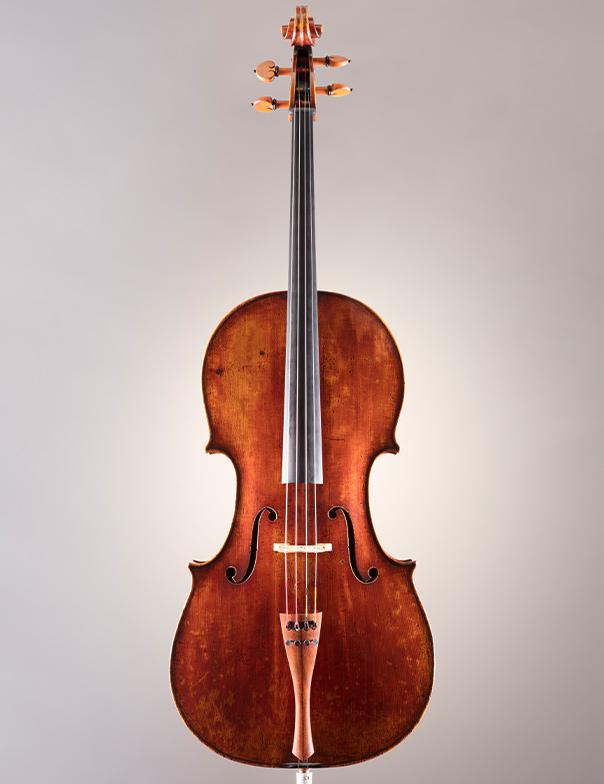
Guarneri del Gesu
Guarneri del Gesù 1736 Violin
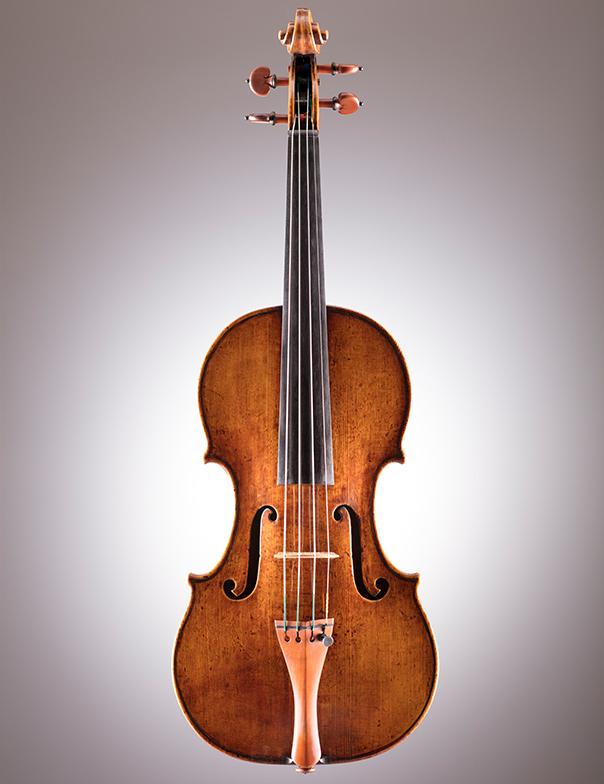
Guarneri del Gesu
Guarneri del Gesù 1740 Violin
